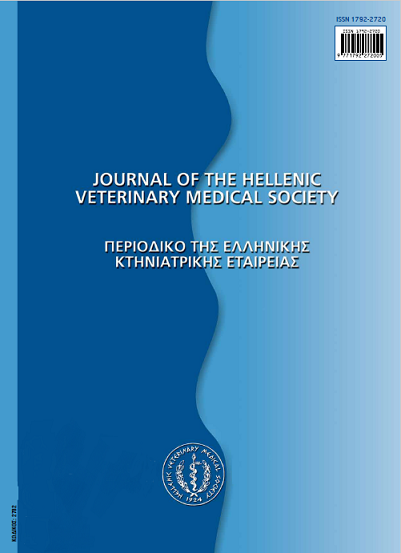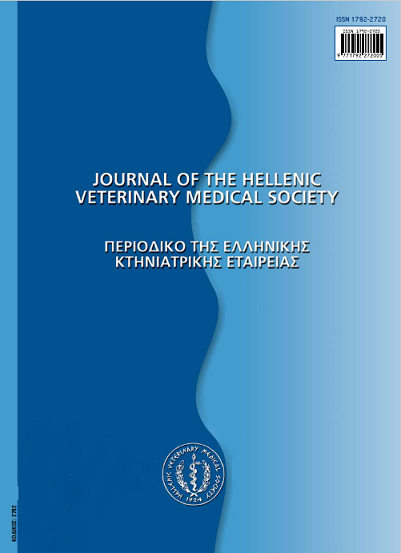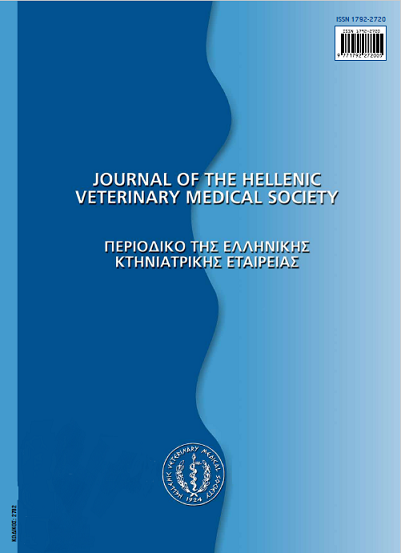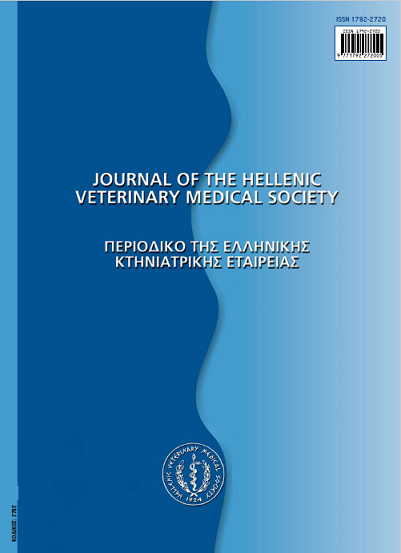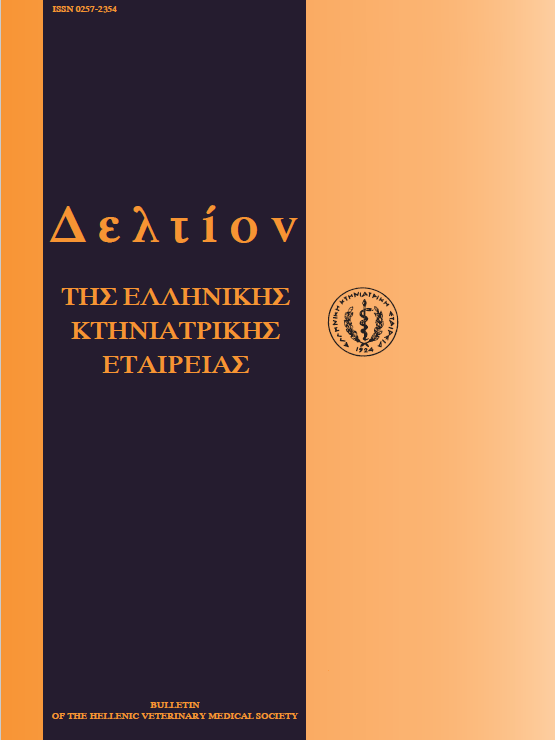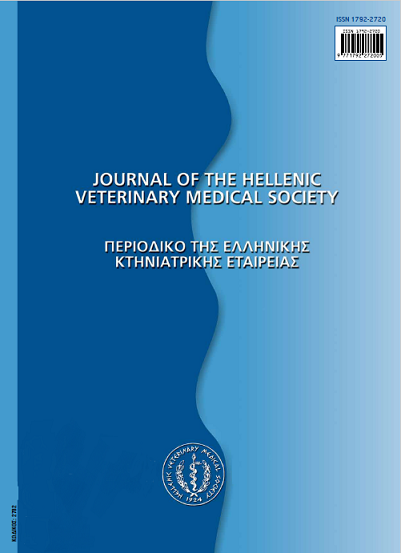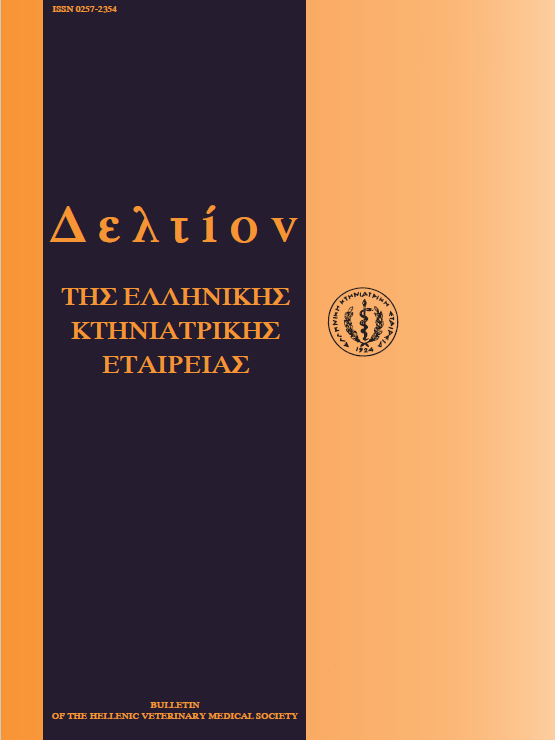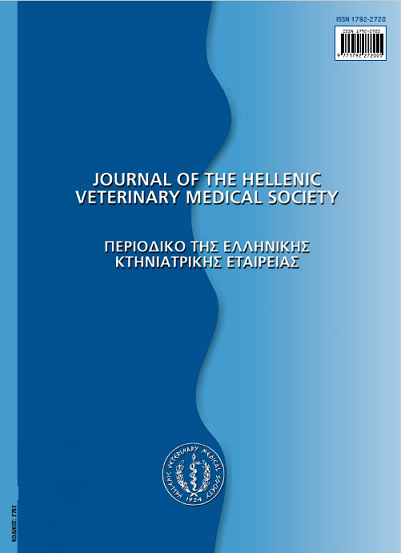Measurements of ammonia concentration in buildings of pig enterprises in Greece.
Abstract
The concentration of ammonia was measured in the air space of 180 houses of 30 pig enterprises in Greece during an 8-month period by using tubes that chemically bind atmospheric ammonia. The mean overall ammonia concentration was 24.6 ppm (10-52 ppm). The mean ammonia concentration according to the age group of the animals was 26.4 ppm in finishing pig houses, 26.2 ppm in growers' pig houses, 22.6 ppm in flat-deck units and 19.8 ppm in farrowing houses (p<0.05). With regard to the type of the floor, the mean ammonia concentration was 28.0 ppm in concrete-floored houses and 21.4 ppm in slatted-floored ones (p<0.05), and as regards the season of the year, higher concentrations were measured at winter time (27.7 ppm) compared to those seen during spring (24.5 ppm) and summer time (21.1 ppm) (p<0.05). The findings are discussed in relation to the adverse effects that ammonia may have for pig's health and production.
Article Details
- Come citare
-
SAOULIDIS (Κ. ΣΑΟΥΛΙΔΗΣ) K., KRITAS (Σ.Κ. ΚΡΗΤΑΣ) S. K., FTHENAKIS (Γ. Χ. ΦΘΕΝΑΚΗΣ) G. C., KYRIAKIS (Σ.Κ. ΚΥΡΙΑΚΗΣ) S. C., & ALEXOPOULOS (Κ. ΑΛΕΞΟΠΟΥΛΟΣ) C. A. (2018). Measurements of ammonia concentration in buildings of pig enterprises in Greece. Journal of the Hellenic Veterinary Medical Society, 51(2), 124–127. https://doi.org/10.12681/jhvms.15668
- Fascicolo
- V. 51 N. 2 (2000)
- Sezione
- Research Articles

Questo lavoro è fornito con la licenza Creative Commons Attribuzione - Non commerciale 4.0 Internazionale.
Authors who publish with this journal agree to the following terms:
· Authors retain copyright and grant the journal right of first publication with the work simultaneously licensed under a Creative Commons Attribution Non-Commercial License that allows others to share the work with an acknowledgement of the work's authorship and initial publication in this journal.
· Authors are able to enter into separate, additional contractual arrangements for the non-exclusive distribution of the journal's published version of the work (e.g. post it to an institutional repository or publish it in a book), with an acknowledgement of its initial publication in this journal.
· Authors are permitted and encouraged to post their work online (preferably in institutional repositories or on their website) prior to and during the submission process, as it can lead to productive exchanges, as well as earlier and greater citation of published work.




